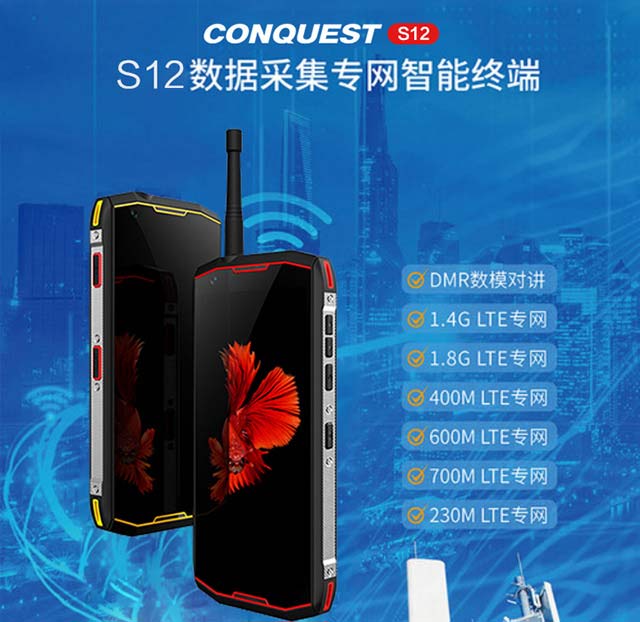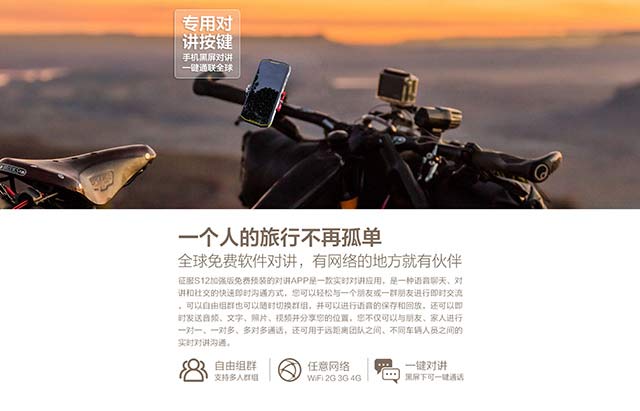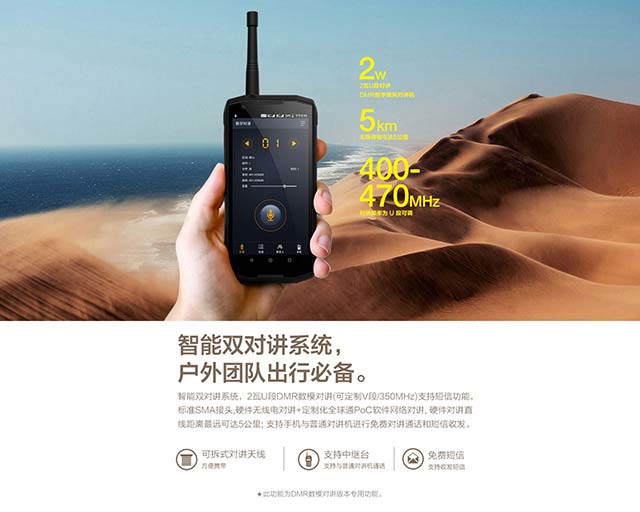
在线购买
ORDER ONLINE
If you want to order, please click the link to enter taobao enterprise store
Or buy online at jd.com's flagship store.
Or buy online at jd.com's flagship store.
Call the ordering hotline
+86185-6627-3475
行业动态
Industry dynamic
What is the difference between a public network intercom phone and a private network intercom phone in a communication network?
2020.03.31
With the rapid development and progress of information technology, wireless intercom phones and background command communication systems have become one of the most important communication methods in today's society. When the intercom phone was first launched on the market, it was an Private Network intercom phone. With the development of technology, digital intercom phones have been introduced in recent years. In recent years, various manufacturers have launched public network intercoms according to the characteristics of users' communication needs. Speaking of mobile phones, what are the differences between them? Let's take a look today.
 Private Network intercom phones and digital intercom phones are collectively classified as traditional intercom phones, and are also known as private network intercom phones, using UHF / VHF frequency bands to implement intercom. The public network intercom phone is also called POC, which refers to the half-duplex voice service based on the mobile cellular packet domain and using voip technology. In popular terms, it is the use of wireless networks (3G / 4G) for digital communication. It is mainly composed of three major elements, namely the hardware part, the IP network operation platform, and the traffic card provided by the operator. In fact, more simply, it's a professional WeChat. Here are the main differences between public network intercom phones and private network intercom phones.
Private Network intercom phones and digital intercom phones are collectively classified as traditional intercom phones, and are also known as private network intercom phones, using UHF / VHF frequency bands to implement intercom. The public network intercom phone is also called POC, which refers to the half-duplex voice service based on the mobile cellular packet domain and using voip technology. In popular terms, it is the use of wireless networks (3G / 4G) for digital communication. It is mainly composed of three major elements, namely the hardware part, the IP network operation platform, and the traffic card provided by the operator. In fact, more simply, it's a professional WeChat. Here are the main differences between public network intercom phones and private network intercom phones.
 1. Coverage area and distance: At the network level, private networks emphasize small-capacity and large-coverage networks, which can provide coverage services for specific places; public networks emphasize a large-capacity and wide-coverage, which depends on the operators' Good network, so the length of the communication distance is unlimited, and the mobile phone signal covers the area, and you can talk freely.
1. Coverage area and distance: At the network level, private networks emphasize small-capacity and large-coverage networks, which can provide coverage services for specific places; public networks emphasize a large-capacity and wide-coverage, which depends on the operators' Good network, so the length of the communication distance is unlimited, and the mobile phone signal covers the area, and you can talk freely.
 2. Cost: The limitation of the communication network determines the high-cost construction cost of the private network intercom. The private network intercom is easily subject to constraints such as the transmission power, antenna installation height, and sensitivity. Therefore, to achieve ultra-long communication distance, Usually requires the installation of high-cost repeaters and related line projects. The construction process requires a lot of manpower and material resources. After the repeater equipment is set up, it needs to be maintained by personnel. The public network walkie-talkies rely on the public mobile network and do not require deployment Base station, very convenient.
2. Cost: The limitation of the communication network determines the high-cost construction cost of the private network intercom. The private network intercom is easily subject to constraints such as the transmission power, antenna installation height, and sensitivity. Therefore, to achieve ultra-long communication distance, Usually requires the installation of high-cost repeaters and related line projects. The construction process requires a lot of manpower and material resources. After the repeater equipment is set up, it needs to be maintained by personnel. The public network walkie-talkies rely on the public mobile network and do not require deployment Base station, very convenient.
 3. Communication function: Public network intercom has rich multimedia communication functions. In addition to trunking intercom, it also has multiple functions of voice, video, and data services, such as single call, group call, full call, emergency call, and short message. , GPS and other data transmission value-added functions. The mode of the private network is to transmit by itself and another machine to receive it. It needs to build its own signal channel. Some support one-to-one single call.
3. Communication function: Public network intercom has rich multimedia communication functions. In addition to trunking intercom, it also has multiple functions of voice, video, and data services, such as single call, group call, full call, emergency call, and short message. , GPS and other data transmission value-added functions. The mode of the private network is to transmit by itself and another machine to receive it. It needs to build its own signal channel. Some support one-to-one single call.
 4. Application scenario: Public network intercom provides services to the public, mainly focusing on economic benefits, and is applicable to industries with a wide communication area, such as logistics and transportation, hotel management, urban security, railways, shopping malls and other industries. The private network is aimed at some specific departments and groups and related industry users. It provides emergency communications and dispatching services, and emphasizes social benefits.
4. Application scenario: Public network intercom provides services to the public, mainly focusing on economic benefits, and is applicable to industries with a wide communication area, such as logistics and transportation, hotel management, urban security, railways, shopping malls and other industries. The private network is aimed at some specific departments and groups and related industry users. It provides emergency communications and dispatching services, and emphasizes social benefits.
 A brand new intercom era is coming, and the refined demands of public network intercom phones have become a long way to go with the in-depth development of industry applications. As a leading provider of IoT solutions in the field of location services, CONQUEST Conquer provides smart security solutions for more business users. The solution is to help staff inquire about video, alarm and other related information anytime, anywhere through smart terminal handheld and management platforms, Processing tasks, reporting work content, real-time transmission of live audio and video, GIS information, and one-click call to the command center to implement cluster intercom, two-way audio and video, etc., to achieve trace retention and traceable management throughout the process Through the system, the command center helps managers keep track of the whereabouts of law enforcement personnel and the implementation of tasks, and continuously improves the modern management level of comprehensive law enforcement.
A brand new intercom era is coming, and the refined demands of public network intercom phones have become a long way to go with the in-depth development of industry applications. As a leading provider of IoT solutions in the field of location services, CONQUEST Conquer provides smart security solutions for more business users. The solution is to help staff inquire about video, alarm and other related information anytime, anywhere through smart terminal handheld and management platforms, Processing tasks, reporting work content, real-time transmission of live audio and video, GIS information, and one-click call to the command center to implement cluster intercom, two-way audio and video, etc., to achieve trace retention and traceable management throughout the process Through the system, the command center helps managers keep track of the whereabouts of law enforcement personnel and the implementation of tasks, and continuously improves the modern management level of comprehensive law enforcement.













